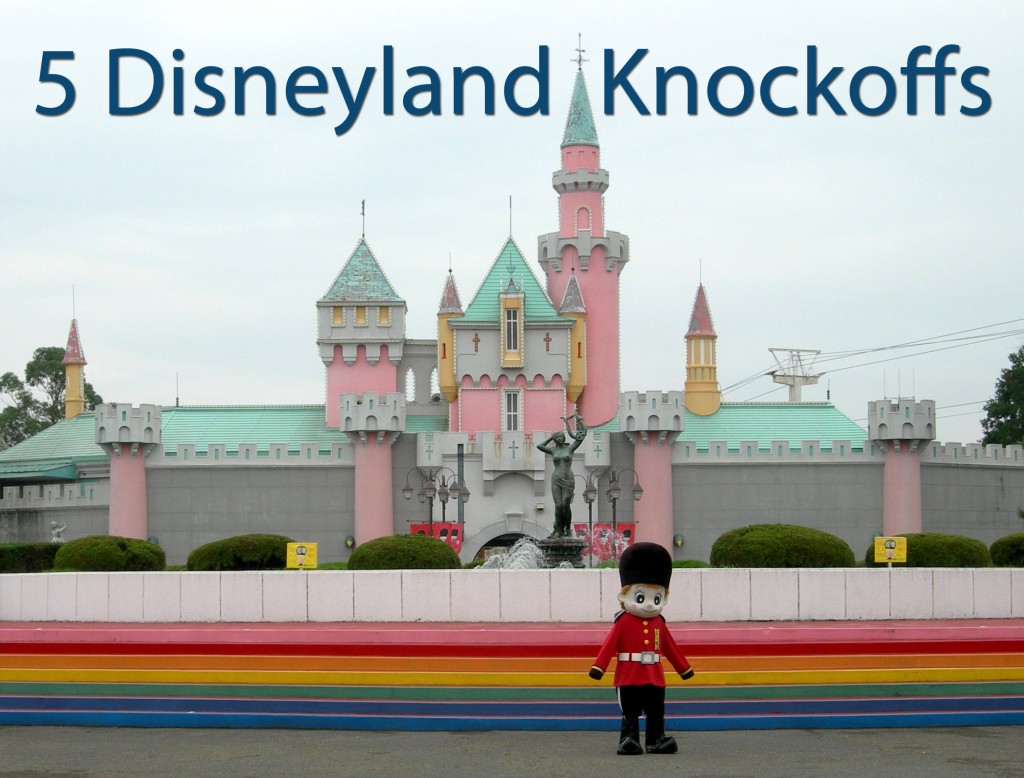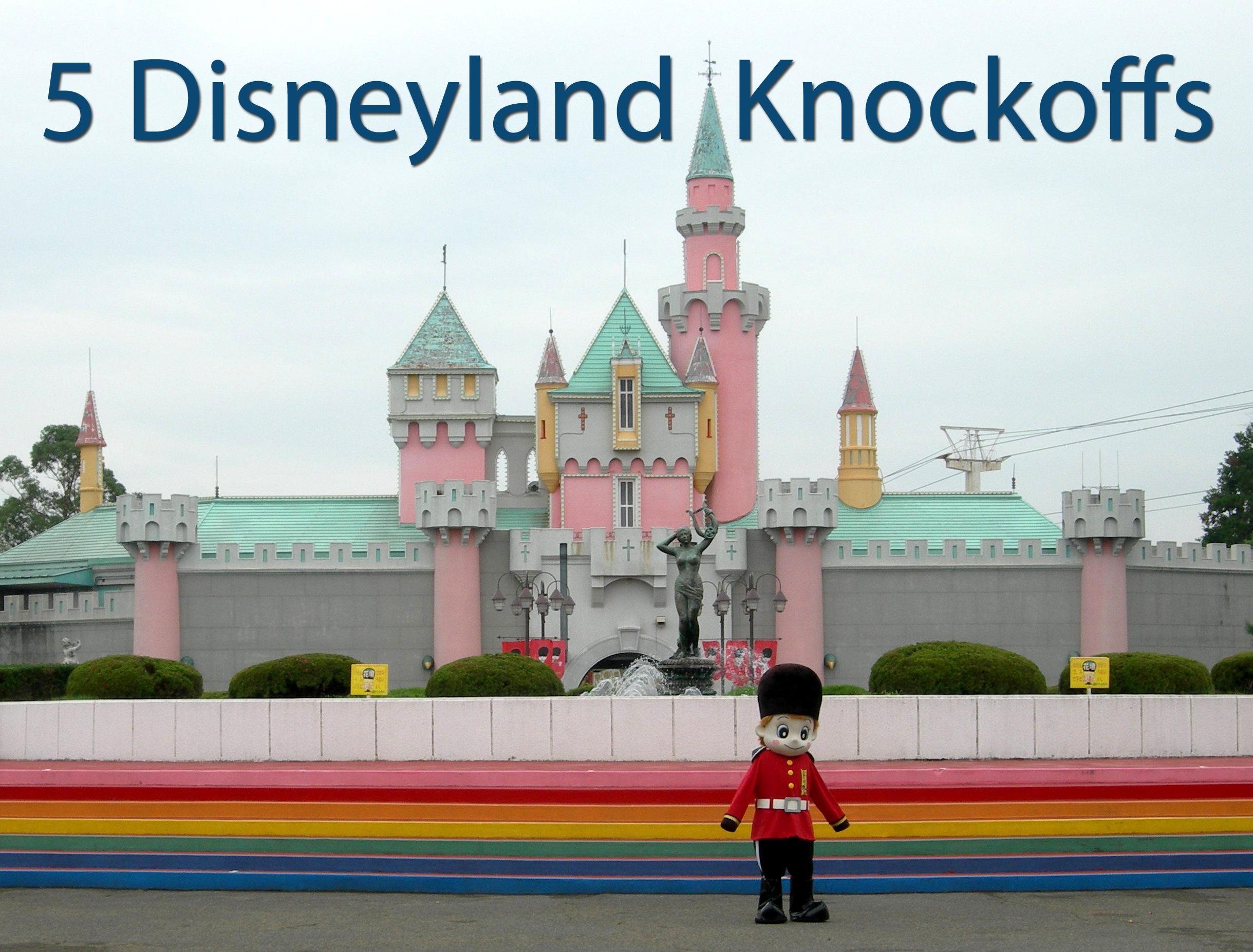These unauthorized—and blatant—fakes wouldn’t fool even the dumbest of children.
Dreamland (Japan)
In 1959, a group of Japanese investors tried to convince executives at the Walt Disney Company to build a second Disney theme park… in Japan. Disney liked the idea, but not the location and opened a sister park for its Disneyland in California with Disney World in Florida. Undeterred, the consortium decided to move forward without Disney’s blessing and build an exact replica of Disneyland in Nara, Japan. Opening in 1961, Dreamland had all of the amenities of Disneyland, such as replicas of Sleeping Beauty’s Castle, The Jungle Cruise, Autopia, the Matterhorn, a monorail, and even a Main Street USA recreating that old timey small town Americana feel for Japanese tourists. Dreamland was the top amusement park in Japan throughout the ’60s and ’70s…until the genuine article Tokyo Disneyland opened in 1983. Dreamland closed for good in 2006.
Europa Park (Germany)
The most popular amusement park in Europe? Disneyland Paris. The second-most popular amusement park in Europe? Europa Park in Rust, Germany…which hopes you really don’t notice that it’s not, technically, a Disney theme park. Opening in 1975, popular attractions include Geisterschloss, or “Ghost House,” which is inspired by Disney’s Haunted Mansion and the EuroSat, a futuristic roller coaster with a lot in common with Space Mountain. Europa Park’s mascot, by the way, is Euromaus, a friendly cartoon mouse.
Shijingshan Amusement Park (China)
This government-owned park in Beijing opened in 1986. Much like Dreamland, Shijingshan has its own Sleeping Beauty Castle, and employees walk the grounds dressed like characters who bear striking likeness to Donald Duck and Snow White. But its potential infringements aren’t limited to just Disney’s intellectual property. The park is filled with statues, rides, and characters clearly based on Batman, Shrek, Bugs Bunny, Betty Boop, and Hello Kitty, among others. In 2007, Disney actually filed suit, but park management (once again, the Chinese government) claimed that the park’s features were actually based on Grimm’s Fairy Tales, which fall in the public domain, and that any similarities were entirely coincidental. Nevertheless, they quietly removed many of the park’s most obvious Disney references.
Wonderland (China)
In 1998, a Thai-owned development company called the Reignwood Group, made plans for a faux-Disneyland on pastureland 20 miles outside of Beijing. The planned 120-acre Wonderland would have been Asia’s biggest theme park. But the local government, the farmers who worked the land, and the Reignwood Group couldn’t come to an agreement on the value the property…even though construction had begun. It was scrapped entirely in 2000. All that’s there now is a partially completed Cinderella’s Castle, based on the one at the Magic Kingdom in Florida.
Lotte World (South Korea)
South Korea has its own fake Disneyland, as well, but Lotte World’s backers at least poured some money into constructing an impressive tourist attraction in its own right. As Disney’s California complex is split into two parks (Disneyland and California Adventure) Lotte World is split up into distinct theme parks: Magic Island, a manmade island surrounded by a manmade lake, and Adventure, an indoor park, housed under a glass ceiling. Popular—and familiar—attractions include the Gyro Drop (a haunted house thrill ride heavily based on Disney’s Tower of Terror), Adventures of Sinbad (a thinly veiled Pirates of the Caribbean clone), and Pharaoh’s Fury (a takeoff on Disney’s Indiana Jones Adventure). One big difference: you can’t buy souvenir “Mouse ears” at Lotte World. You’ll have to settle for tiger ears.









